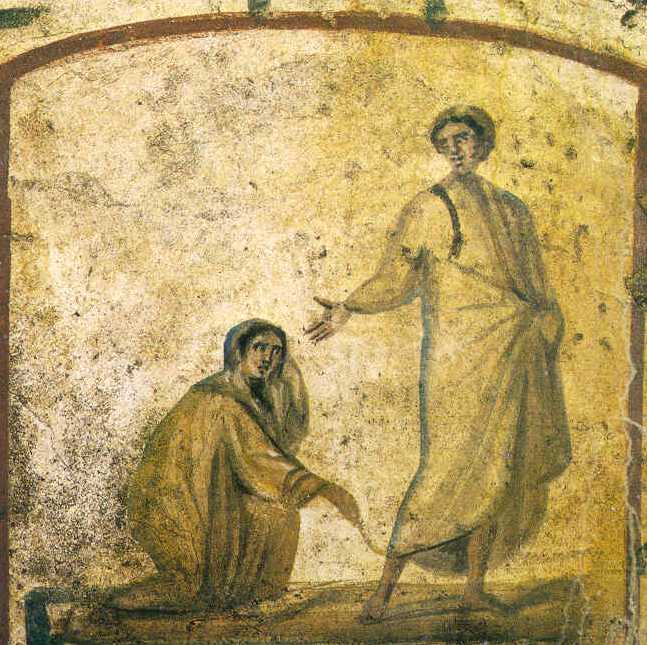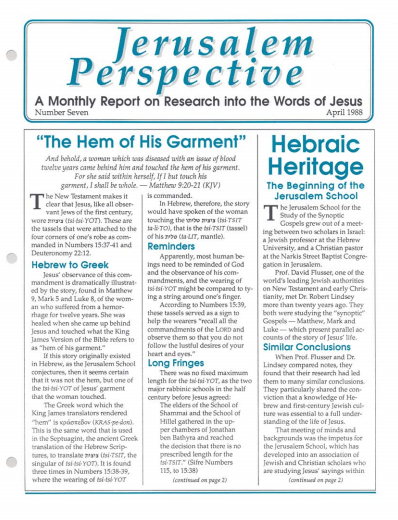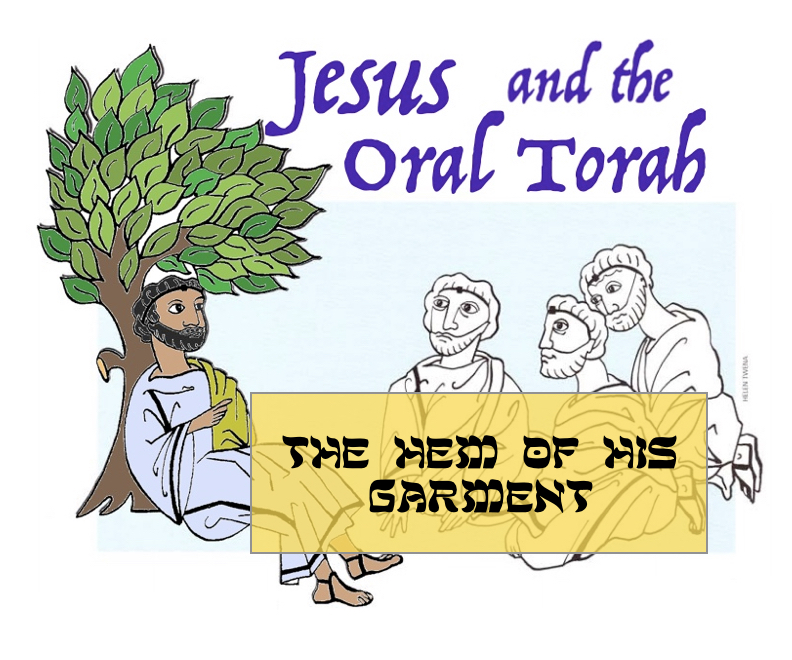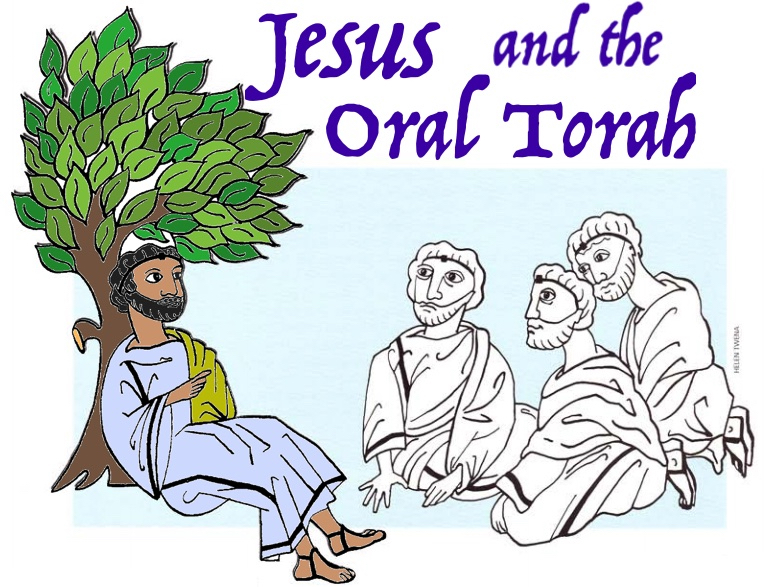Revised: 30-Oct-2016
And behold, a woman which was diseased with an issue of blood twelve years came behind him and touched the hem of his garment. For she said within herself, If I but touch his garment, I shall be whole. (Matt. 9:20-21, KJV)
The New Testament makes it clear that Jesus, like all observant Jews of the first century, wore צִיצִיּוֹת (tzi·tzi·YŌT). These are the tassels that were attached to the four corners of one’s robe as commanded in Numbers 15:37-41 and Deuteronomy 22:12.
Hebrew to Greek

Jesus’ observance of this commandment is dramatically illustrated by the story, found in Matthew 9, Mark 5 and Luke 8, of the woman who suffered from a hemorrhage for twelve years. She was healed when she came up behind Jesus and touched what the King James Version of the Bible refers to as “the hem of his garment.”
It seems likely that it was not the hem, but one of the tzi·tzi·YŌT of Jesus’ garment that the woman touched.
Premium Members and Friends of JP must be signed in to view this content.
If you are not a Premium Member or Friend, please consider registering. Prices start at $5/month if paid annually, with other options for monthly and quarterly and more: Sign Up For Premium

- [1] Shmuel Safrai, "Religion in Everyday Life," in The Jewish People in the First Century (ed. Shmuel Safrai and Menahem Stern; Amsterdam: Van Gorcum, 1976), 798, n. 3. ↩
- [2] For a discussion of Matt. 23:5 and Matt. 9:20, see David Bivin, “The New International Jesus,” Jerusalem Perspective 56 [Jul.-Sept. 1999]: 20-24. ↩
- [3] So in the first [1973] and second [1978] editions of the NIV, but changed to “They make...the tassels on their garments long” in the third [1984] edition. ↩





Comments 1
I would like to ask one question: Do the wings in Malachi 4:2 means tsi-tsiyot?